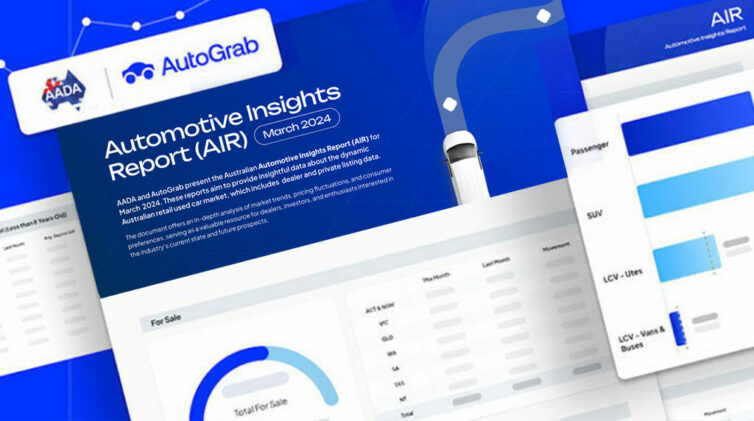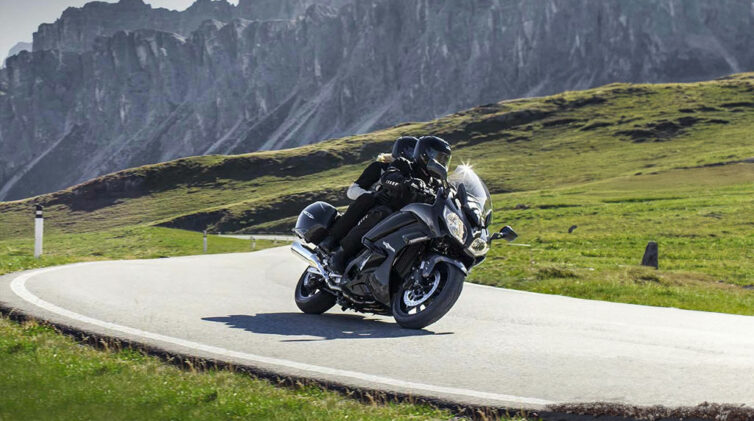Last year, 175,000 4×4 and 4×2 utes and cab-chassis models were sold in Australia from 12 manufacturers and such is the demand the outright third and fifth best-selling vehicles overall for the year were utes – Toyota Hilux and Ford Ranger respectively.
GoAutoNews Premium’s Competitive Picture table – sourced from our comprehensive GoAuto.com.au “Buy A New Car” resource – shows how the majors are priced and how they sit in comparison to each other on price and the number of variants they field in their model ranges.
Variants include pick-ups and cab chassis, 4×2 or 4×4, single cabs and crew cabs, various engines and manual and auto gearboxes.
It also shows that the major players have a different philosophy for maximizing sales.
Ford’s Ranger has a whopping 37 model variants available while Mitsubishi’s Triton has a relatively modest 12 (14 counting two special dealer order variants).
So, why such a different and which strategy works?
The car companies explain their strategies below, but the data in the table shows that fielding the largest number of variants does not guarantee that car maker of the highest number of sales.
For example, while Ford sold 33,480 units in the March 2015 to March 2016 period of the table, its 37 variants yielded only 900 sales per variant.
Whereas Mitsubishi sold 28,420 in the period but it yielded a whopping 2300 sales per variant.
Given that variant complexity if very costly to field into a market for both car makers and their dealers, Mitsubishi appears to have the most efficient overall strategy.
But its rivals seem to be adopting that old 1924 General Motors adage: “a car for every purse and purpose”.
In fact far from taking the lean variant route of Mitsubishi, market leader Toyota introduced its eighth-generation Hilux in September 2015 with an expanded range of variants.
There are now 31 Hilux versions – 19 are 4×4 and 12 are 4×2 – that include Toyota’s traditional ride-height 4×2 and a new range of Hi-Rider 4×2’s.
Toyota Australia product public relations manager Stephen Coughlan said “it’s fair to say that buyers in this segment are spoilt for choice – but for good reason.”
“With the wide and varied applications in which the Hilux is used, there is demand for products that specifically meet the needs of many different customers/users,” he said.
“With three different grade levels, and single, extra and double cab body-styles, plus a choice of either pickup or cab chassis tray configurations to select from, there’s a Hilux variant to cover virtually every need and application.”
Toyota also has the segment’s biggest drivetrain choice, with four engines and two transmissions.
Powerplants are two petrol engines (a 2.7 litre four-cylinder and 4.0-litre V6) and a new turbo-diesel series in two capacities, 2.4-litres and 2.8-litres.
“The reason we have such a wide variety available is twofold. First, we are a customer-centric company, so providing options that meet the requirements of Australian customers is at the heart of our product strategy,” Mr Coughlan said.
“Secondly, because we can. We are in the very fortunate position of being a lead market for the Hilux globally and can therefore access a wide range of configurations which provides broad choice for Australian customers and with that, a competitive advantage.
“To take things a step further, our Hilux genuine accessory range further allows customers to set up their vehicles in a way that meets their specific needs like never before.
“We offer everything from industry-focused heavy-duty items for the toughest applications through to lifestyle-focused accessories like roof racks and colour-coded canopies within the latest Toyota Genuine Accessory range.”
Nissan Australia’s product planning and product marketing teams responded to GoAutoNews Premium by confirming that the 28 model variants in the Navara range is driven by Australian market requirements.
The company’s general manager of corporate communications, Peter Fadeyev, said the Navara is Nissan’s largest-selling model in Australia.
“It caters to a broad spectrum of customer needs, from the DX single cab-chassis 4×2 to the range-leading ST-X dual-cab 4×4,” he said.
“The Navara is a multi-purpose vehicle; for some customers it has to be a workhorse; for others it is a family car with an occasional working requirement; for others it is a weekend leisure vehicle for off-roading or towing; for some it’s all of these things and more.
“The basis of our local model variant strategy for the Navara is to cater to this multitude of customer requirements, for private buyers, business owners and fleets.
“Achieving this necessitates a wide range of model variants.”
Mitsubishi Motors Australia Ltd’s product planning team told GoAutoNews Premium that there are 14 – five 4×2 and nine 4×4 – variants.
These start at a single cab-chassis 4×2 petrol manual, through to a diesel dual-cab ute with automatic transmission, and up to the flagship Exceed 4×4 dual-cab diesel automatic ute.
The list includes two dealer-order factory options (not included in the GoAuto table): a 4×4 dual cab-chassis diesel with either manual or automatic transmission. Cab-chassis models are normally available only as a single or extended cabin and with a manual gearbox.
Mitsubishi’s head of communications, Shayna Welsh, said the company had previously offered a wider range of models.
“This resulted in a high level of complexity, which was difficult for the company and the dealer network to manage, particularly in the area of stock,” she said.
“Several years ago, we made the decision to rationalise the model range following some intensive analysis and we found that the bulk of light commercial vehicle volume is concentrated into a reasonably limited number of models.
“We now plan the model range in the most efficient way for our brand and offer a range of variants targeted at the major ute sub-segments and user groups.”
Ms Welsh said that since this change, Mitsubishi has achieved a higher volume of Triton sales.
“That said, the marketplace isn’t static and our planning team is always monitoring trends.
“If a business case for an additional model stacks up, then we’ll strongly consider adding a new variant.”
By Neil Dowling and John Mellor


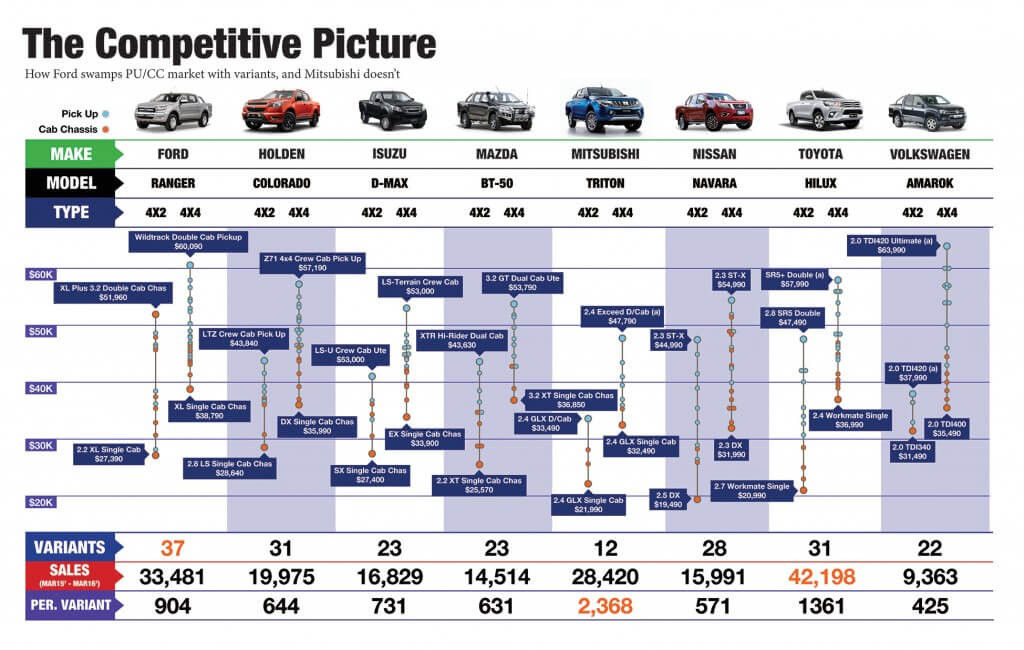
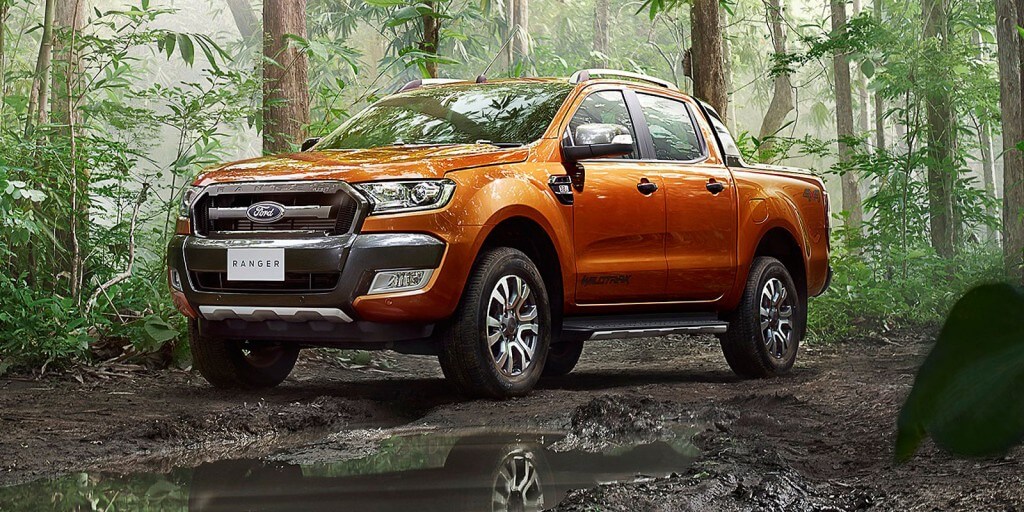
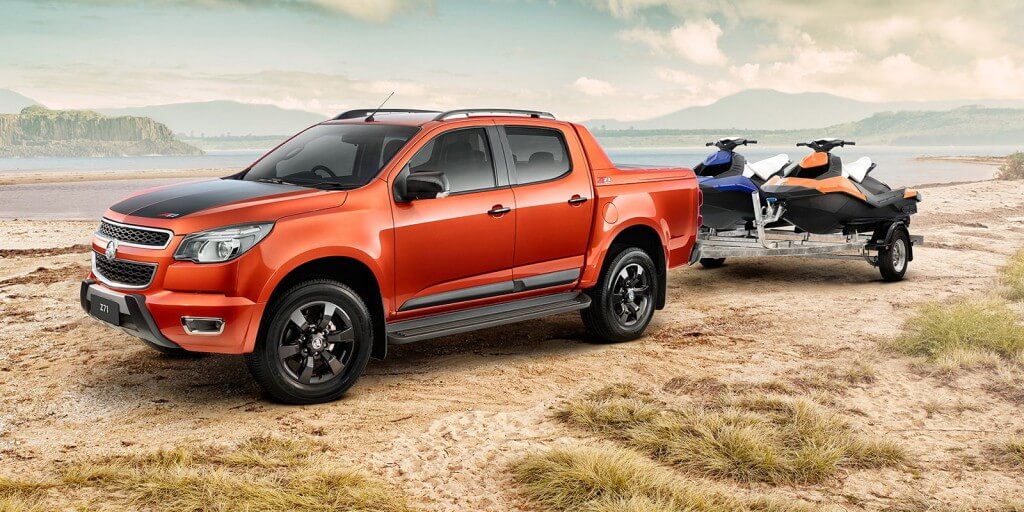
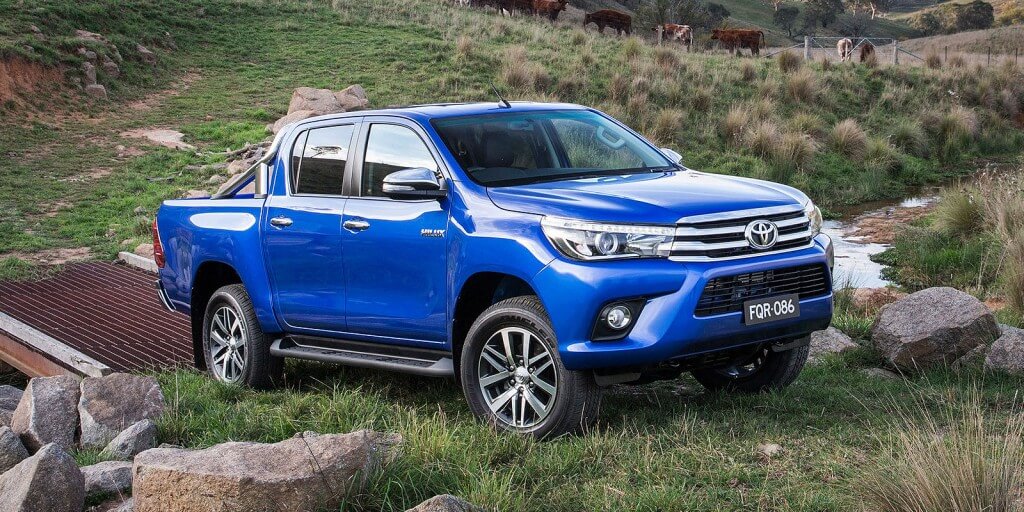
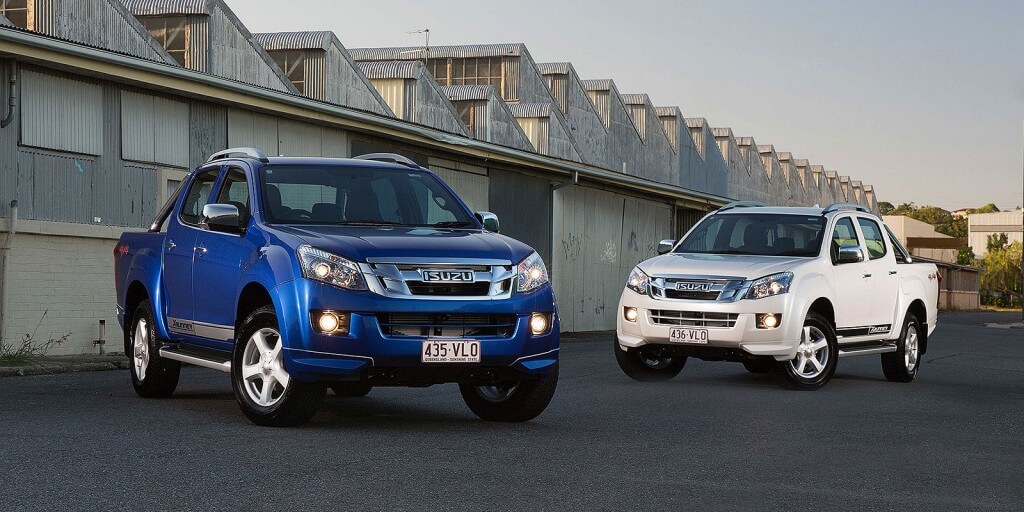
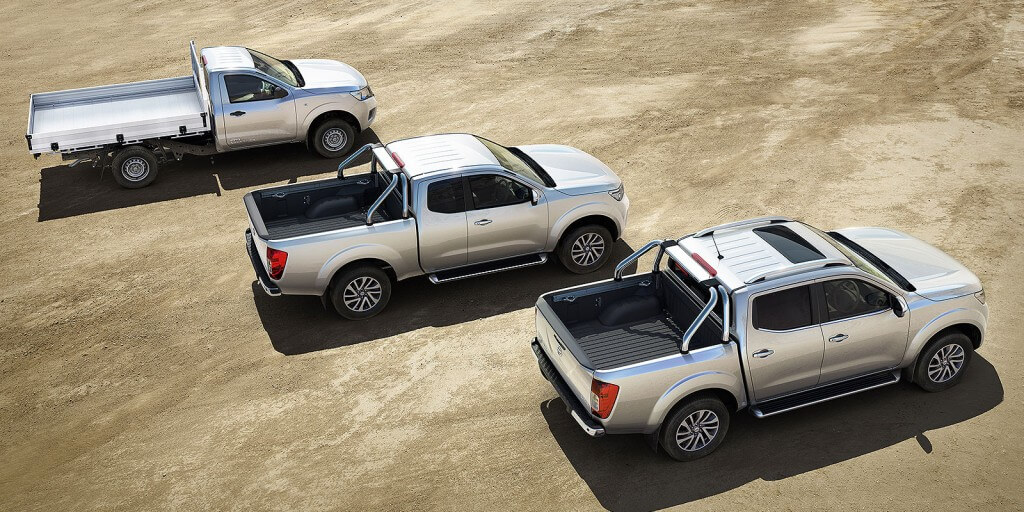
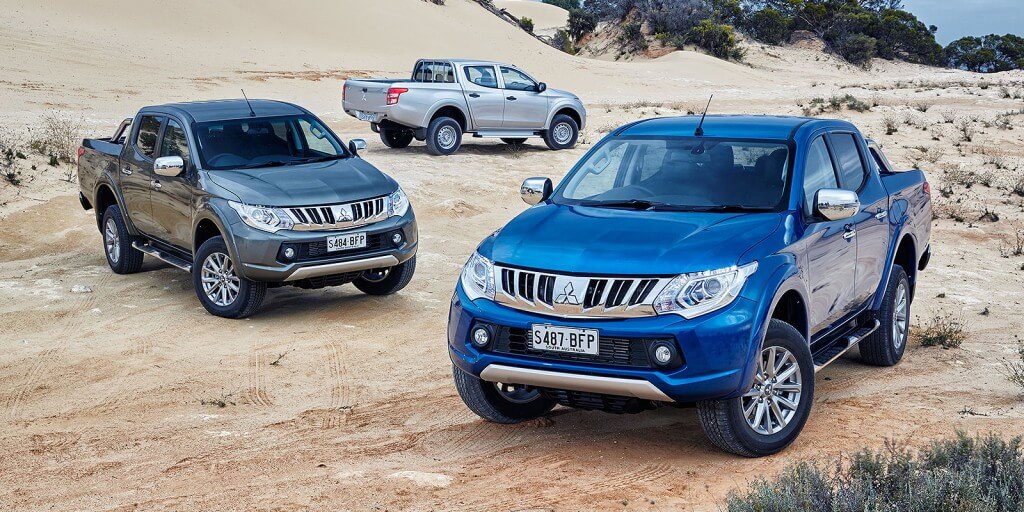
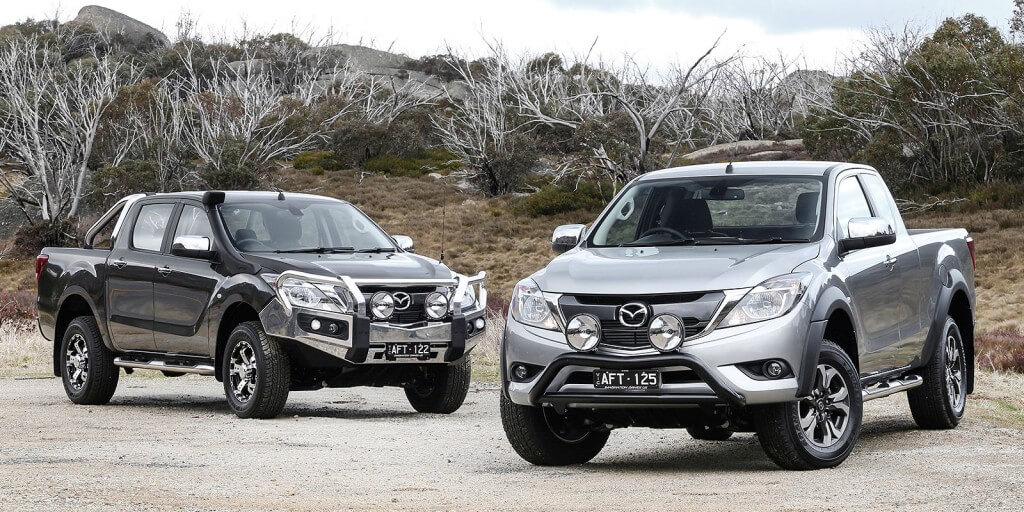










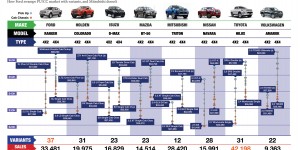
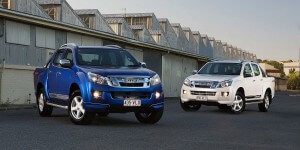
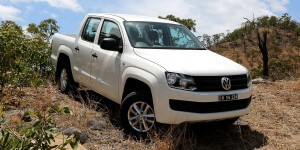
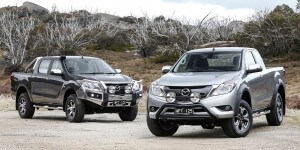
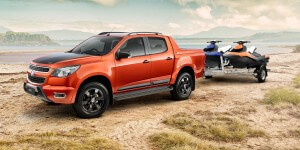
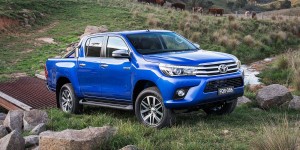
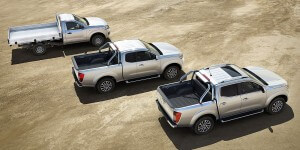
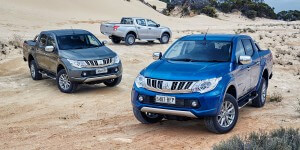
 Read More: Related articles
Read More: Related articles
